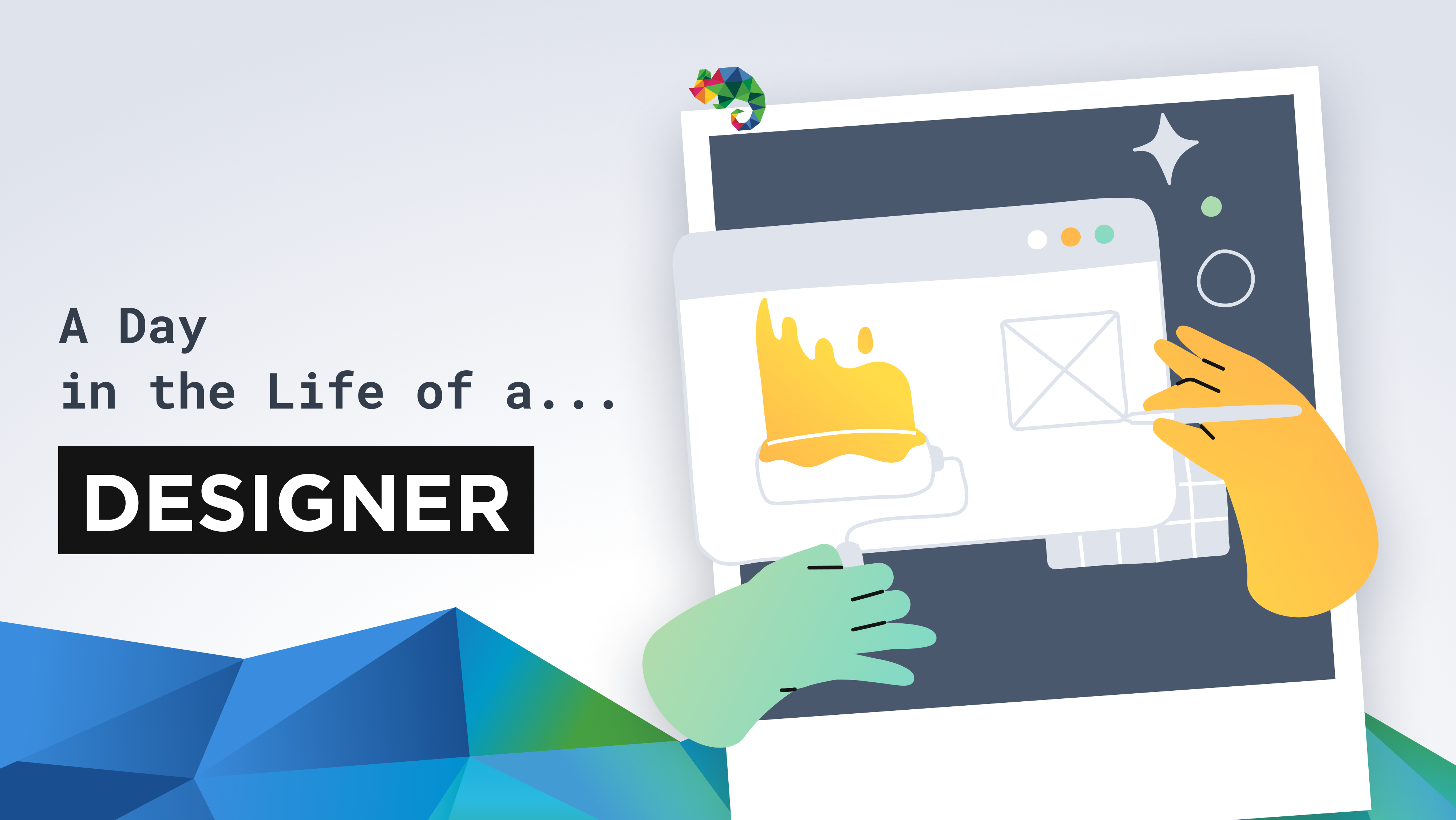





We launched our Day in the Life of series several months ago, and since then, we’ve had the chance to take a closer look at how a technical writer, the UX team, junior developers, and QA testers spend their workdays. We’ve learned about the tools they use, how they collaborate, and the roles they play in delivering high-quality products throughout the software development lifecycle (SDLC).
For me, these interviews are always a privilege. On the one hand, they offer new insights and perspectives from our teammates—there’s always something valuable to learn. On the other hand, they encourage us to reflect on our own roles and see the bigger picture: how each function contributes to the whole, and how we grow stronger as a team. That, I believe, is one of the greatest takeaways from this series.
In this latest edition, I had the pleasure of interviewing our incredibly talented designer, Gyöngy. Read on to explore a day in her creative world—learn about the tools and methods she uses, her design process, her thoughts on the role of AI evolving in creative fields, the challenges she navigates, and how she stays up to date with the latest design trends. And after reading the article I invite you to take a look at the stunning visual designs she brings to life.
1. Can you walk us through a typical day in your role as a Designer at platformOS?
My day usually starts by catching up with my fellow designers, checking Slack messages, emails, and reviewing my task list. Weekly planning sessions early in the week help outline the main goals, but as a designer, I often handle a wide range of tasks, so unexpected or urgent requests can pop up. That’s why starting each day with a quick prioritization is essential.
Throughout the day, a designer typically joins project dailies, client calls, or internal sync calls, and works on the related tasks. We also have weekly design team calls, design reviews with other designers to ideate and exchange feedback, and handoff sessions with developers to ensure the design is implemented as intended. Other activities include accessibility audits, cross-team ideation workshops, and most importantly dedicated focus time, which is crucial for deep design work.
At the end of the day, I take a few minutes to plan ahead: review tasks and outline the next steps. Since we work remotely, I find it helpful to post a short summary or status update in our relevant Slack channels from time to time to make my progress transparent to the team.
After hours, I like to spend time exploring new tools and methods or take online courses that help me grow and improve in my everyday work.
2. What are the key tasks or responsibilities you focus on each day?
My daily responsibilities vary depending on the project phase, but they generally include a combination of hands-on design work, strategic thinking, and cross-functional collaboration.
In practice, a visual designer's role typically covers the following core tasks:
Design system management: Maintain and evolve our core design system and its extensions, ensuring consistency, scalability, and alignment across products. Introduce new tools, and plugins that improve our processes and make the design workflow more efficient.
User interface design: Create layouts, product designs, and solution concepts based on user research conducted by our research team with a strong emphasis on usability and user-centered design. Building prototypes for presenting design ideas and for user testing purposes. Refine these visuals continuously based on feedback.
Client projects: Design interfaces that fully align with the client’s branding, and when needed, expand their brand identity with custom digital assets, graphics, illustrations, or AI-generated and post-processed imagery.
Accessibility and usability: Inclusive design is a priority from the component level up. We incorporate accessibility best practices into every phase of design and conduct usability and accessibility checks to ensure our solutions are functional and user-friendly for all.
Marketing and social media assets: We also create visual content for marketing and social channels.
Documentation and community contributions: Write documentation, articles, share resources, and contribute to the pOS Figma community to support resource-sharing.
3. Please tell us about the tools and skills you use regularly in your work.
My daily toolkit is centered around a mix of design, collaboration, and project management tools:
Figma – Primary tool for interface design, prototyping, and design system management.
FigJam – For ideation, accessibility audits, and collaborative workshops.
Adobe tools (Photoshop, Illustrator, Firefly) – Used for creating and refining visual assets, illustrations, and complex image editing tasks.
Midjourney – I use it for AI-generated visuals, brand imagery, and creative exploration, often followed by manual post-processing.
Accessibility tools and plugins – These help me run quick accessibility checks and annotate designs to support inclusive design decisions.
Slack and Zoom – For daily communication, team syncs, and collaboration.
Trello and Git – For project tracking, task prioritization, and staying aligned with developers and project managers.
4. Could you walk us through your design process – from idea/concept to final product? What does the creative workflow look like and how do you bring concepts to life?
Preparation
The visual design process begins with understanding both the client’s goals and the users’ needs. This includes reviewing discovery and research findings (provided by the UX team), functional requirements, and the project's scope. At this early stage, we also collect all available graphical assets and brand materials, such as fonts, logos, color palettes, and typography.
Define overall visual style
If the client doesn’t have a fully developed brand identity, we start by creating moodboards to explore potential visual directions. We also design additional brand assets where needed, including AI-assisted and post-processed imagery or custom graphics. When there is a comprehensive brand identity, brand guide in place, we take time to study and understand it thoroughly.
Apply style
Once the visual direction is defined (usually presented on the landing page) and approved, after rounds of feedback and iteration we apply the final style to our multi-branding design system. This system, built with atomic design principles, allows us to efficiently apply the brand identity across components, layouts, pages and user flows. It significantly speeds up the design process and ensures visual consistency. At this point, we also validate the color palette and visual elements for accessibility compliance and make the necessary adjustments.
Improvements, custom designs
After the foundational styling is set, we enhance the design with custom-made visuals such as illustrations or more tailored graphics, adding a unique layer to the interface.
Iterate
Throughout the process, we hold regular feedback sessions and iterate continuously based on the input and usability testing results. These insights help refine both the look and the user experience.
Handover
At the final stage, we prepare a detailed handoff package for the client and developers. This includes the complete design files in Figma, documentation of functionality, a style guide, design assets, and accessibility annotations to support a smooth and informed implementation.
5. How do you see the role of AI evolving in creative fields?
AI is a highly polarizing topic these days, especially in the creative industries. It often sparks both admiration and resistance at the same time. Understandably, many creatives are not enthusiastic about its rapid rise—particularly those working in the more artistic, meticulous, and time-intensive fields of design, such as illustrators or brand designers.
Its growing influence reminds me of the turning point in history when photography emerged and began to challenge the dominance of portrait painting. For centuries, people had their likenesses captured through hand-painted portraits. Then came photography—faster, and more accurate. This shift didn’t happen without resistance: many feared the decline of traditional painting, the loss of craftsmanship, and the erosion of artistic freedom. Yet others embraced it as a breakthrough that democratized self-expression and opened new doors for storytelling and documentation.
Personally, I see AI as a tool, not a replacement for human creativity. At its current stage, it still can't perform many design tasks with the depth and nuance a skilled designer can provide. But if used thoughtfully, the opportunities it offers can make us significantly more efficient, freeing up time for the tasks that truly require human judgment, emotion, and creative vision.
The spark, the idea, still originates from the human mind. In a way, we become art directors of AI, guiding it, iterating with it, to reach the desired result faster and more effectively than before.
6. Can you describe a recent project you worked on? What were the main design challenges, and how did you tackle them?
Most recently, I worked on a client-specific customization of one of our existing solutions. While each project has its unique context, there are a few recurring design challenges I often face:
Balancing complex functionality with visual clarity – Many of our interfaces are feature-heavy, so the challenge is making them intuitive and aesthetically pleasing at the same time. To tackle this, I keep functionality-heavy areas clean and user-friendly, while using visuals and graphics selectively, only in places where they support the experience without distracting the user.
Tight timelines – When working under time pressure, I rely on our well-structured design system and reusable components. This allows me to move faster without compromising on quality or consistency.
Discrepancies between design and implementation – These often come down to small visual or interaction details that are easy to overlook. To catch them early, we have regular design reviews with developers, where I highlight subtle inconsistencies that may not be immediately visible to others. This helps ensure the final product aligns closely with the original design.
7. How do you collaborate with other teams like developers or product managers during the design process?
Cross-team collaboration is a crucial part of the design process, involving multiple roles across the organization. We work closely with product managers to align on user needs, business goals, timelines, task priorities, and capacity planning.
With developers, we involve them early—often during the wireframing phase—to discuss feasibility and ensure our solutions are technically implementable. We also hold regular design reviews to keep implementation aligned with the intended design and visual consistency.
When needed, we collaborate with QA teams during the development phase to support accurate and high-quality implementation. We also work with technical writers if a client project requires polished content or technical documentation, and we frequently involve colleagues with accessibility expertise to ensure our designs meet inclusivity standards and comply with accessibility guidelines.
We often partner with marketing teams to create promotional content that aligns visually and strategically with our branding.
8. What are some common challenges you face as a designer, and how do you handle them?
Like many designers, I face a range of recurring challenges throughout projects:
Tight deadlines and the need to balance quality with speed – To address this, we continuously improve our design system to streamline workflows, reduce repetitive tasks, and maintain visual consistency, even under pressure. We also work in iterations. Focusing on one iteration at a time helps us stay efficient and intentional, while leaving room to refine both visuals and usability in future cycles.
Changing requirements and shifting priorities – This is a common reality in dynamic projects. We handle it through regular planning and check-in meetings, where we openly discuss urgent new tasks, realign on priorities, and adapt the design flow accordingly.
Implementation inconsistencies – To minimize discrepancies between the design and the final product, we conduct regular design reviews with developers and collaborate closely with QA to catch and correct issues early.
Finding the right balance between aesthetics, usability, and accessibility – One of the core challenges in design is creating something visually appealing without compromising on functionality or inclusivity. I approach this by grounding visual decisions in accessibility standards and usability best practices, while still leaving space for creativity.
Non-accessible brand guidelines – When a client’s branding doesn’t meet accessibility standards, we offer practical suggestions and small adjustments—like fine-tuning contrast or type sizes—that improve inclusivity without compromising the original brand identity.
9. What part of your job do you enjoy the most, and why? Is there a field in your job that holds a special place in your heart?
What I enjoy most is shaping efficient workflows and scalable processes through well-structured design systems. I love seeing how a strong foundation can accelerate collaboration, ensure consistency across projects, and free up time for deeper creativity rather than repetitive tasks.
Accessibility is another area that holds a special place in my heart. Designing with inclusivity in mind not only improves the experience for many users, but also reflects a deeper sense of purpose and responsibility. It encourages me to design with more intention and awareness.
I also enjoy staying curious and experimenting with innovative tools and methods, such as integrating AI tools into the design workflow, and creating AI-generated graphics. These tools keep the work dynamic, open up new creative possibilities, and boost efficiency in exciting ways.
10. How do you stay current with the latest design trends, tools, and technologies?
For me, staying current is second nature, as design is both my profession and my passion. I spend a significant part of my free time learning, exploring, and experimenting with new ideas and technologies.
I’m committed to design foundations, and I’m a member of both the Interaction Design Foundation (IxDF) and the International Association of Accessibility Professionals (IAAP). These communities provide valuable resources, courses, webinars and a solid base in user-centered design and accessibility.
I’m also passionate about lifelong learning. I'm usually enrolled in at least one online course, which I often watch in the evenings as a way to stay curious and continuously improve.
On a daily basis, I stay inspired through social media, following top designers who constantly fill my feed with the latest tools, workflows, and creative approaches.
I regularly read industry articles, subscribe to design newsletters, and attend online conferences and webinars so I can hear about new developments first-hand and respond quickly. I stay ahead by subscribing to early updates and gaining access to beta features in many tools before they’re released to the public.
This mix of structured learning and passion for exploration helps me stay inspired, and connected to the evolving design landscape.
11. What advice would you give to someone just starting out in a design career?
The most important advice: never let negative feedback or creative blocks discourage you. These moments are part of the journey, and learning to grow through them is what helps you stay in the field long-term. Design and aesthetics are subjective. Some people will love what you create, others may not…and that’s okay. If design is your passion, don’t give up because of one difficult comment, person or moment. It’s just a snapshot in time or one person’s opinion. There will always be many others who will appreciate and value your work. Unfortunately, we tend to focus on the few negative voices and forget the positive ones. Try to shift that balance.
I’ve told this to all my mentees when they were going through a rough moment, and today, many of them are thriving as designers at major companies. I like to believe that, even in some small way, my words helped them hold on and not give up when it mattered most.
Don’t tie your self-worth to your work. As designers, we pour so much of ourselves into what we create that it can be hard to separate our identity from our output. But you are more than your latest project, your current job title, or the feedback you receive. Even if there are moments when you feel you’re not good enough, remember: your value isn’t defined by perfection, but by the courage to keep creating.
If you don’t have a portfolio yet, start creating fictional projects. Design websites or apps for imaginary companies or products. As another option, redesign existing ones and explain what you changed and why, both from a usability and visual perspective. This not only helps you practice, improve your skills but also builds a portfolio.
Also, try to find a cause you care about and do volunteer work. I’ve personally worked with organizations supporting babies and animal rescue groups without charging a fee. These experiences are both valuable support and great opportunities to build your portfolio.
Take online courses. They’re one of the easiest and most flexible ways to learn, and you can do them at your own pace, from the comfort of your home.
And if you can, find a mentor. Someone who specializes in the area of design you’re most interested in. It helps if their personality also aligns with yours. For example, introverted and extroverted mentors may offer very different advice on how to stand out as a designer. One might suggest in-person networking or public speaking, while another could guide you toward other visibility strategies that don’t require stepping far outside your comfort zone, like writing articles, publishing pre-recorded videos or attending webinars instead.
Ensure your project’s success with the power of platformOS.